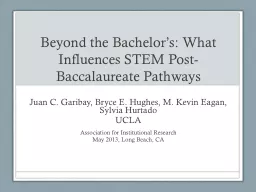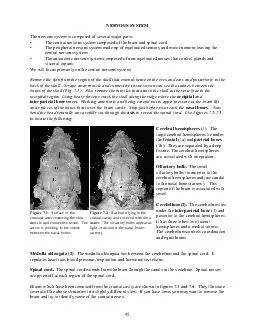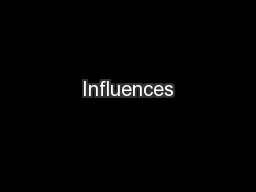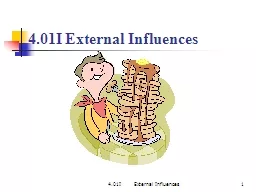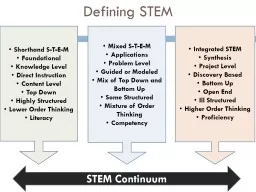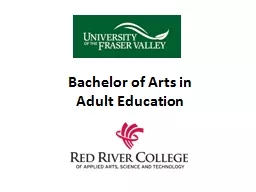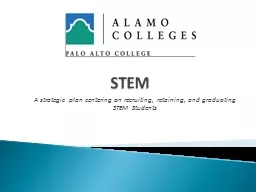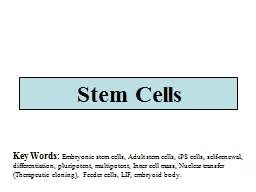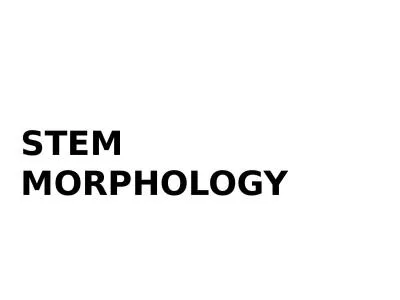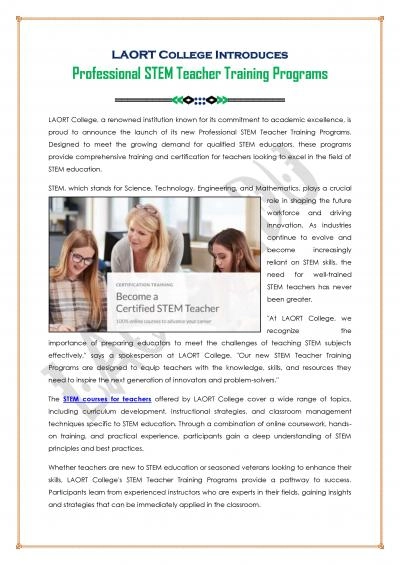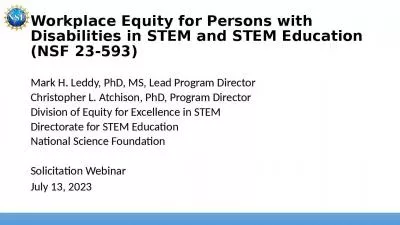PPT-Beyond the Bachelor’s: What Influences STEM Post-Baccalau
Author : faustina-dinatale | Published Date : 2015-12-09
Juan C Garibay Bryce E Hughes M Kevin Eagan Sylvia Hurtado UCLA Association for Institutional Research May 2013 Long Beach CA A National Imperative United States
Presentation Embed Code
Download Presentation
Download Presentation The PPT/PDF document "Beyond the Bachelor’s: What Influences..." is the property of its rightful owner. Permission is granted to download and print the materials on this website for personal, non-commercial use only, and to display it on your personal computer provided you do not modify the materials and that you retain all copyright notices contained in the materials. By downloading content from our website, you accept the terms of this agreement.
Beyond the Bachelor’s: What Influences STEM Post-Baccalau: Transcript
Download Rules Of Document
"Beyond the Bachelor’s: What Influences STEM Post-Baccalau"The content belongs to its owner. You may download and print it for personal use, without modification, and keep all copyright notices. By downloading, you agree to these terms.
Related Documents

